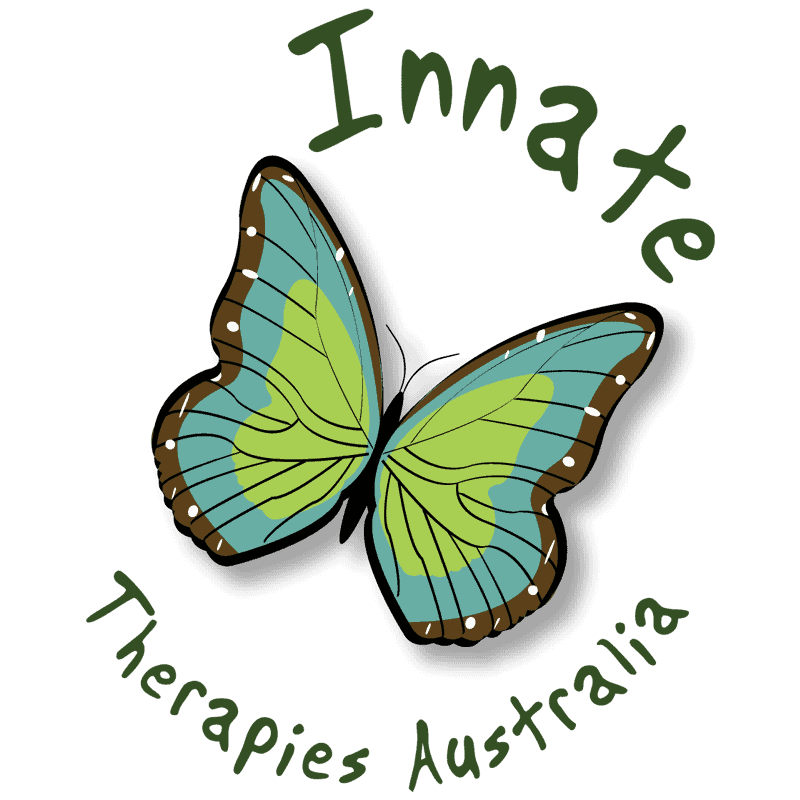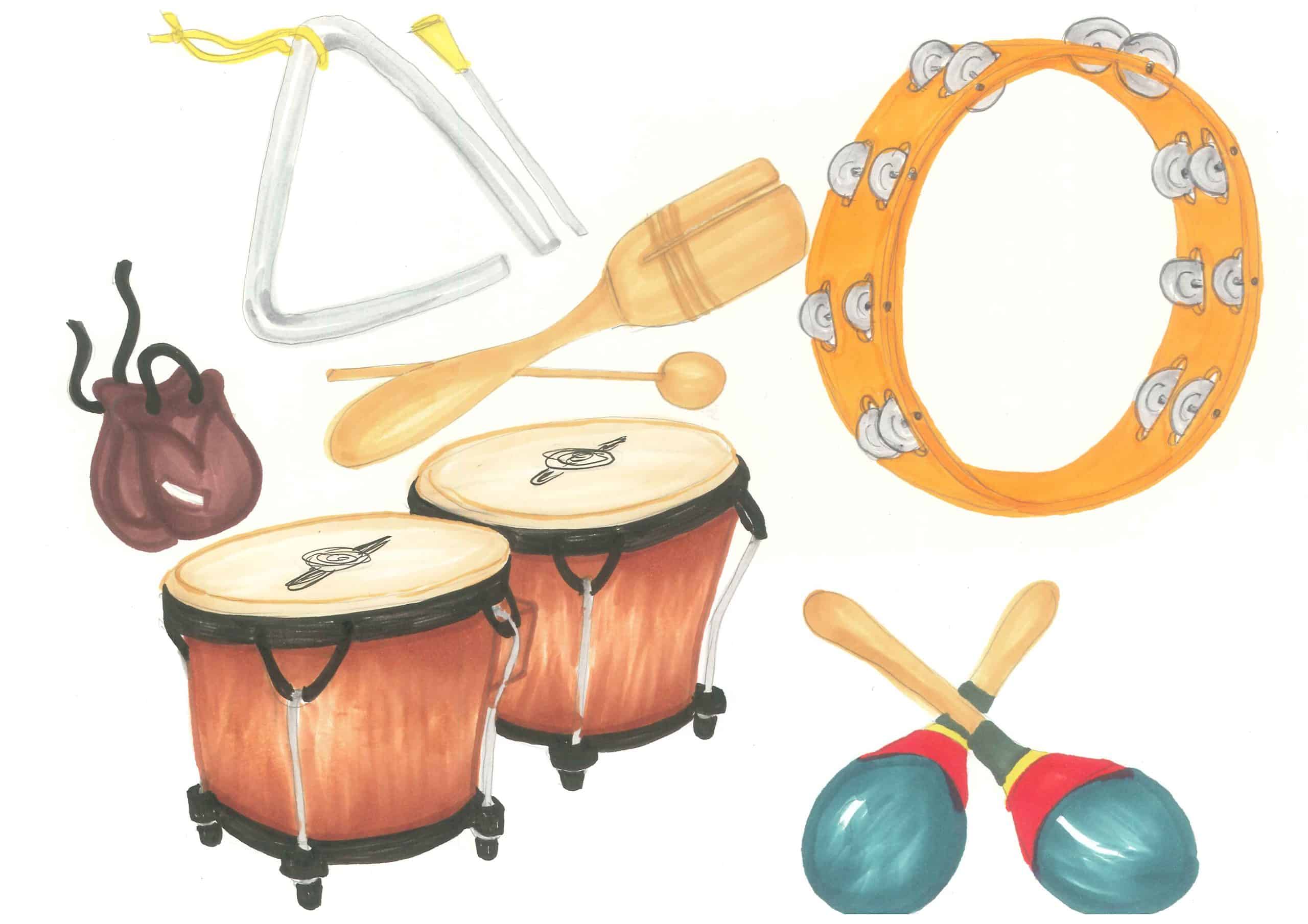Music’s ability to cut through our systems and hit within our bodies is a powerful mechanism. We are affected whether we are conscious of it or not. And in a therapeutic sense, the ability to cut through the mental clutter and confusion of various issues, can be a potent processing tool indeed. Imagine being able to help soothe a highly anxious client, just using breathing and a curated playlist designed to regulate the emotional body. Or to sit with a non-verbal client and create shared rhythms on a drum to bodily express internal states. Or further still to have a client write words, turn them into lyrics and develop a melody to match the emotion.[/vc_column_text][/vc_column][vc_column column_padding=”no-extra-padding” column_padding_tablet=”inherit” column_padding_phone=”inherit” column_padding_position=”all” column_element_spacing=”default” background_color_opacity=”1″ background_hover_color_opacity=”1″ column_shadow=”none” column_border_radius=”none” column_link_target=”_self” gradient_direction=”left_to_right” overlay_strength=”0.3″ width=”1/2″ tablet_width_inherit=”default” tablet_text_alignment=”default” phone_text_alignment=”default” bg_image_animation=”none” border_type=”simple” column_border_width=”none” column_border_style=”solid”][image_with_animation image_url=”1141″ animation=”Fade In” hover_animation=”none” alignment=”” border_radius=”none” box_shadow=”none” image_loading=”default” max_width=”100%” max_width_mobile=”default”][/vc_column][/vc_row][vc_row type=”in_container” full_screen_row_position=”middle” column_margin=”default” column_direction=”default” column_direction_tablet=”default” column_direction_phone=”default” scene_position=”center” text_color=”dark” text_align=”left” row_border_radius=”none” row_border_radius_applies=”bg” overlay_strength=”0.3″ gradient_direction=”left_to_right” shape_divider_position=”bottom” bg_image_animation=”none”][vc_column column_padding=”no-extra-padding” column_padding_tablet=”inherit” column_padding_phone=”inherit” column_padding_position=”all” column_element_spacing=”default” background_color_opacity=”1″ background_hover_color_opacity=”1″ column_shadow=”none” column_border_radius=”none” column_link_target=”_self” gradient_direction=”left_to_right” overlay_strength=”0.3″ width=”1/1″ tablet_width_inherit=”default” tablet_text_alignment=”default” phone_text_alignment=”default” bg_image_animation=”none” border_type=”simple” column_border_width=”none” column_border_style=”solid”][vc_column_text]Music is made up of notes and these notes have inherent vibrations. When we listen to or create music, these vibrations permeate through our systems. This is why your favourite songs can completely lift and shift your mood on hard days AND why the opposite can occur if, for example, you feed an angry mood songs that involve violent and hateful lyrics or intense drumbeats, or if you feed your sadness with melancholy tunes of heartbreak. This energy then permeates us too and can keep us stuck in that place. Mindfulness of your consumption is key! Creating playlists with a therapist can be a wonderful way to support a client, whatever their presenting concerns.
Music therapy helps us to process over the lifespan. Have you ever noticed, when we rehear songs from earlier periods in our lives, how different they can sound and how their meaning can change? Close your eyes and imagine hearing your all-time favourite song. I’d wager when you first think of it, you are met with that familiar ‘Zing’ in your body and mind, 1. Of hearing the familiar and 2. Of the meaning and feeling you have associated with your particular piece. Now imagine that the last time you heard it was when you were a teenager, and you are now listening in your mid-thirties – doing this exercise in a therapeutic setting can be a beautiful way to help a client to conceptualise the differences that time passing and their own growth has made within them. Oftentimes the song takes on completely new and even deeper meaning.
A different example of this and one of the most humbling arenas in which to watch the incredible power of music at work, is with those suffering Alzheimer’s. If you’ve not seen any footage before, here is a beautiful example of the reconnection that can occur when patients are transported and guided by a therapist back through time, to the music that defined them. Their family members are often blown away and feel as if their loved one has returned to them for a brief period.
https://www.youtube.com/watch?v=rnUSNbqtVJI
Whether you are playing a musical instrument, improvising solo or with others, whether you are singing or just listening to your playlists, music is a wholistic helper reaching our body, mind, emotions and spirit and can help to reduce pain, anxiety, stress, fatigue, unregulated emotions, grief and the list goes on.
Science now shows us what our ancient cultures have always known – music is integral for human wellbeing and belonging. In some ancient cultures, when a mother first realises she is pregnant, she goes to a sacred site to listen for her child’s song. She stays until she has learnt it as second nature and then returns home to teach it to the child’s father and community. This song is sung to the child through gestation (studies now show babies remember melodies heard in the womb (https://www.theguardian.com/science/2013/oct/30/babies-remember-melodies-womb-study ), at birth, at initiations, when the child misbehaves, all the way through life until it is sung as a farewell on their death bed. Song lines also cover our beautiful Australian continent, helping people navigate and connect to country and themselves for thousands upon thousands of years.
As Spiderman well knows, with Great Power Comes Great Responsibility. Music is a GREAT power and we must respect her and utilise her with care. Working with music therapeutically can have benefits across all areas of life, so turn her up, let your body move with her, allow her in and let her show you what she can do!
-Fiona Spinks[/vc_column_text][/vc_column][/vc_row]

